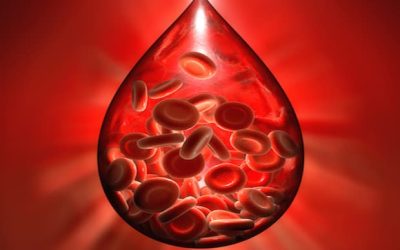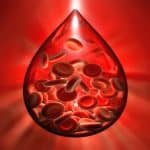As of this morning – Tuesday April 21 – the current recorded case count for COVID-19 (coronavirus) in the UK has hit 124,743 with 16,509 deaths.
The National Institute for Health Research and UK Research and Innovation (UKRI) are funding new research designed to determine rates of coronavirus infection and immunity in children and teenagers across the UK, to help further shape the response to the pandemic.
Understanding the prevalence of SARS-CoV-2 infections in the community is important for the public health response to the pandemic, particularly in children and teenagers who seem to be spared the worst of the disease but could be spreading it to others more at risk.
The What’s the STORY (Serum Testing of Representative Youngsters) study at University of Oxford will collect blood samples from children and teenagers aged 0-19 years with symptomatic and asymptomatic coronavirus infection and measure levels of antibodies, a marker of having had the disease and now having immunity.
The researchers will identify the proportion of children and teenagers who had symptoms of COVID-19 and what proportion are likely to have immunity against the virus. It will also determine how many children have not yet been infected and may remain susceptible when lockdown measures are relaxed.
The data will be fed into mathematical models of the circulation of SARS-CoV-2 and the expected severity and duration of the current outbreak.
The multi-site What’s the STORY project is an ongoing research study led by Oxford Vaccine Group, in collaboration with Public Health England and a network of clinical sites in Bradford, Bristol, Leeds, Manchester, Sheffield, Southampton and London.
The project was set up in 2019 as a pilot surveillance programme to review a new method of monitoring how well the UK immunisation programme is working. The research has now been adapted to track an additional 1200 children and teenagers for the duration of the COVID-19 outbreak.
“One of the many unknown with the current coronavirus outbreak is how many children are being infected and potentially passing on infection to others,” said Professor Matthew Snape, who is leading the research.
“Understanding this is vital to understanding how to manage the outbreak response, including decisions about when to re-open schools”.
WASH YOUR HANDS:
Regularly and thoroughly clean your hands with an alcohol-based hand rub or wash them with soap and water.
MAINTAIN SOCIAL DISTANCING:
Maintain at least two metres (six feet) distance between yourself and anyone who is coughing or sneezing.
STAY AT HOME:
Only go outside for food, health reasons or work (but only if you cannot work from home).









